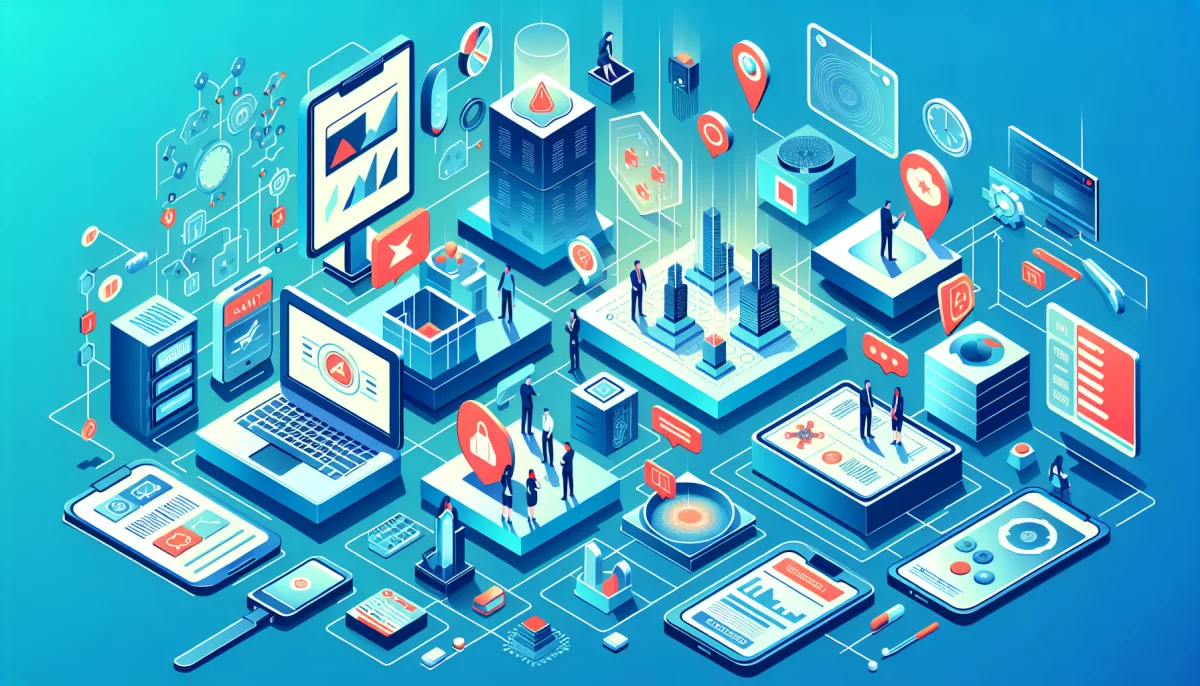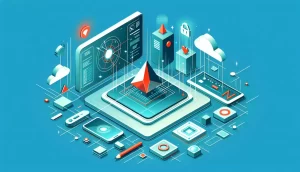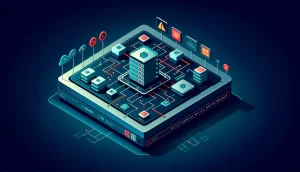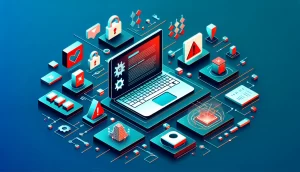IT Staff Augmentation: The Essential Strategy for Business Success in 2024
As the pace of digital transformation accelerates, the demand for skilled IT professionals has never been greater. In 2024, businesses must adapt swiftly to changing technology landscapes or risk falling behind. IT staff augmentation has emerged as a strategic solution, enabling companies to flexibly scale their IT workforce while controlling costs and maintaining agility.
Understanding IT Staff Augmentation and Its Rising Importance
IT staff augmentation refers to the practice of supplementing an organization’s in-house IT team with external experts on a temporary or project basis. Unlike traditional hiring, it avoids long-term employment commitments, allowing businesses to rapidly access specialized talent as needed.
This model is increasingly favored due to several global factors: a surge in demand for digital products, rapid technological advances, and persistent talent shortages. Gartner forecasts that by 2025, 60% of organizations will rely on flexible IT staffing models to meet dynamic project requirements.1
How IT Staff Augmentation Enhances Your Business Workforce
Augmenting your IT team offers comprehensive benefits beyond filling talent gaps. It supports the entire software development lifecycle and IT operations, including:
- IT Consulting: Expert guidance tailored to strategic goals.
- Data Architecture and Engineering: Designing robust data systems to leverage big data and AI capabilities.
- Project Management: Ensuring timely delivery with agile methodologies.
- UX/UI Design: Crafting user-centric applications to maximize engagement.
- Testing and Quality Assurance: Rigorous validation for flawless deployment.
- DevOps and Security: Accelerating releases with robust security practices.
- Ongoing Support: Continuous maintenance to ensure system resilience.
By integrating specialists seamlessly, businesses accelerate project execution while maintaining high quality. A recent McKinsey survey found organizations using IT staff augmentation reported up to 40% faster delivery times for complex projects.2
Exploring Different IT Staff Augmentation Models
Understanding the variations in staff augmentation helps tailor solutions to your specific needs:
- Project-Based Augmentation: Ideal for fixed-scope projects requiring temporary IT experts.
- Skill-Based Augmentation: Engages professionals with specific expertise like AI, blockchain, or healthcare IT to address skill gaps.
- Time-Based Augmentation: Secures personnel for defined timeframes to manage fluctuating workloads.
- Hybrid Augmentation: Combines multiple models aligned with hybrid work policies to optimize flexibility.
- Onshore Augmentation: Hiring local talent enhances communication and cultural alignment.
- Dedicated Team Augmentation: Teams exclusively focused on your enterprise’s projects drive deep specialization.
Key Business Benefits of IT Staff Augmentation Services
Implementing IT staff augmentation unlocks significant advantages for modern enterprises:
- Access to Global Talent Pools: Tap into a vast reservoir of skilled professionals worldwide, reducing reliance on local labor markets where shortages persist.
- Cost Efficiency: Avoid the financial burden of full-time hires, including benefits and prolonged onboarding, enabling better budget allocation.
- Rapid Scalability: Adjust team size promptly to meet project demands without lengthy recruitment cycles.
- Reduced Hiring and Training Overhead: Augmented staff typically arrive ready to contribute, minimizing ramp-up time.
- Staying Current with Technology Trends: External specialists often bring knowledge of emerging technologies, such as quantum computing or edge AI, giving your business a competitive edge.
IT Staff Augmentation vs Traditional Hiring: Strategic Comparison
Cost and Flexibility
- Staff Augmentation: Allows businesses to pay only for needed expertise temporarily, significantly lowering operational costs, especially for short-term projects. Nearshore augmentation further balances cost and collaboration benefits.3
- Traditional Hiring: More suitable for stable, long-term staffing but involves higher fixed costs, potential turnover risks, and slower response to market changes.
Scalability and Speed
- Staff Augmentation: Enables rapid deployment of IT professionals to address urgent project needs or sudden workload spikes.
- Traditional Hiring: Scalability is limited by recruitment timelines, training requirements, and contract constraints, which may slow down innovation cycles.
According to Deloitte’s 2023 Global Human Capital Trends, agility in workforce management has become a top priority for 70% of executives, emphasizing the shift towards flexible models like staff augmentation.4
Choosing the Right IT Staff Augmentation Partner
Selecting a capable augmentation partner is crucial for maximizing success. Keep these factors in mind:
- Industry Experience: Partners versed in your sector understand domain-specific challenges and compliance standards, delivering tailored solutions.
- Technical Expertise: Ensure access to professionals skilled in your required technologies, including cutting-edge areas such as AI, blockchain, FinTech, or cybersecurity.
- Vetting Process: Transparent and rigorous screening methods, including educational verification and technical assessments, guarantee candidate quality.
- Agility and Flexibility: The ability to adapt resource allocation quickly as project requirements evolve.
- Support and Collaboration: Effective onboarding practices and communication protocols to integrate augmented staff with internal teams seamlessly.
- Proven Track Record: Review case studies and client references to assess past success in delivering impactful IT staffing solutions.
Best Practices for Collaboration and Performance Management
- Establish Clear Communication Channels: Regular updates and transparent workflows reduce misalignment.
- Structured Onboarding: Early integration ensures augmented staff understand project goals and organizational culture.
- Define Performance Metrics: Set KPIs to monitor progress and maintain accountability.
- Encourage Team Cohesion: Foster inclusive collaboration between internal and external resources for unified project delivery.
Conclusion: Embracing IT Staff Augmentation for Future-Ready Businesses
The significance of IT staff augmentation will only increase in 2024 and beyond as businesses face accelerated digital transformation and talent shortages. This flexible, cost-efficient, and scalable approach provides organizations with the agility to respond swiftly to evolving IT demands.
By leveraging specialized professionals without the overhead of traditional hiring, companies can optimize project delivery, stay abreast of technological innovations, and maintain a competitive advantage in an ever-changing market landscape.
As research and industry trends reveal, IT staff augmentation is more than a stopgap measure—it has become a cornerstone strategy for sustainable business growth in the digital age.
References:
- Gartner (2023). “Forecast: Future of IT Workforce Models.” Gartner Report
- McKinsey & Company (2024). “Unlocking Agility Through IT Staff Augmentation.” McKinsey Article
- Tecla (2024). “Nearshore Staff Augmentation Benefits.” Tecla Insights
- Deloitte (2023). “Global Human Capital Trends: Workforce Agility.” Deloitte Report



